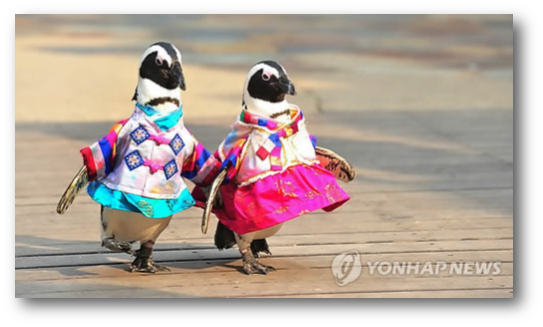
This Lunar New Year, January 31st, kicks off the Year of the Horse. Though it is referred to as the “Chinese New Year” by many, the lunar new year is celebrated by numerous other countries in Asia including: Korea, some parts of Japan, Hong Kong, Vietnam, and Malaysia. Japan had observed this new year based on the lunar calendar until 1873, when the Gregorian Calendar was nationally adopted. Now, January 1st is the set date for the Japanese New Year celebrations. Other countries such as the United States and India with large populations from the countries above hold the lunar new year celebrations as well. Even in China, the Lunar New Year is not called the Chinese New Year; the Chinese instead refer to it as the Spring Festival.
The origin of the new year is known by the myths and traditions passed on from generation to generation. The New Year’s is the time to honor one’s ancestors, celebrate with festivity, and hope for a gratifying year to come.
The celebrations are vary slightly in each country. For example, in China, the celebration lasts for fifteen days, whereas in South Korea, it lasts for three days. Distinctive foods are served along with unique traditional clothing worn for family reunions. Most schools in Asia have longer winter breaks (1-2 months) than the U.S. to accommodate this international holiday. However, summer vacation (half a month) is shorter than that of the U.S.
In all countries that celebrate the lunar new year, one aspect is common: it is the time of year when all family members unite and spend time together. New year wishes are exchanged as smiles are passed from one member to another. “Lunar New Year is basically like having an entire country throw a family reunion — all at once,” as stated by Grace Huang of CNN. 3.6 billion journeys are expected to be made in China alone around this time, by millions of cars, trains, planes, and buses. This annual holiday is the China’s, if not the world’s, “biggest season of human migration” according to Huang.
During the family gatherings, traditional foods are prepared and served as many wear the traditional clothing of his or her country. Foods such as dumplings and rice cakes are seen at the tables of many. One authentic dish, called Lion’s Head Meatballs (Chinese- Sixi Wanzi), is served in China around this time. It consists of a set of large meatballs, usually four, meant to resemble the head of a lion surrounded by napa cabbage to represent the mane of the lion. The roundness and number of the meatballs symbolize the reunion and unity of family.









